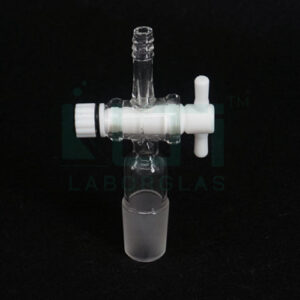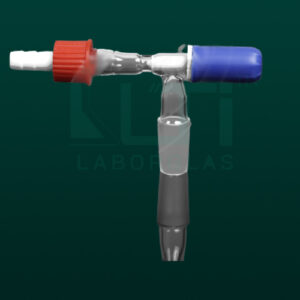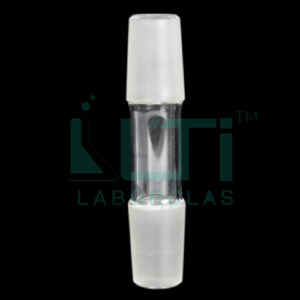- A normal pressure on the bulb permits the intake of the required quantity
- Used for repeated sampling
| PART No. | SIZE | Capacity (ml) | Pack QTY. |
| 3500-5 | SMALL | 5 | 10 |
| 3500-10 | MEDIUM | 10 | 10 |
| 3500-15 | LARGE | 15 | 10 |
| 3500-20 | EXTRA LARGE | 20 | 10 |
| 3500-50 | OVAL | 50 | 10 |
| 3500-50SL | SUPER LARGE | 50 | 10 |
| 3500-100 | EXPTRA SUPER LARGE | 100 | 10 |
Here are some specific uses of silicon rubber in pipettes:
- Pipette Bulb Construction: Silicone rubber is often used to manufacture the bulbs or aspirators of pipettes. These bulbs are the part that users squeeze to create suction for drawing liquids into the pipette.
- Sealing Pipette Fillers: Silicone rubber is known for its flexibility and ability to create a tight seal. In pipette fillers or controllers, silicone rubber components are often used to create a secure and airtight seal between the pipette and the filler, preventing leaks during liquid aspiration and dispensing.
- Pipette Tips: Some pipette tips are made with silicone rubber components, especially the parts that come into direct contact with the liquid. Silicone rubber is chosen for its chemical resistance and inert nature, ensuring that it does not react with or contaminate the samples being pipetted.
- Cushioning and Comfort: In some ergonomic pipette designs, silicone rubber is used in grips or other areas that come into contact with the user’s hand. This provides a comfortable and non-slip surface for a better grip, reducing hand fatigue during prolonged pipetting sessions.
- Chemical Resistance: Silicone rubber is resistant to a wide range of chemicals, making it suitable for use in pipettes that handle various types of liquids. This resistance helps maintain the integrity of the pipette components over time.
- Temperature Resistance: Silicone rubber has good resistance to temperature extremes. Pipettes that may undergo autoclaving or other sterilization processes can benefit from the use of silicone rubber components.
- Durability: Silicon rubber is durable and can withstand repeated use and sterilization cycles without significantly degrading its properties. This makes it a suitable material for pipette components that require longevity and reliability.




